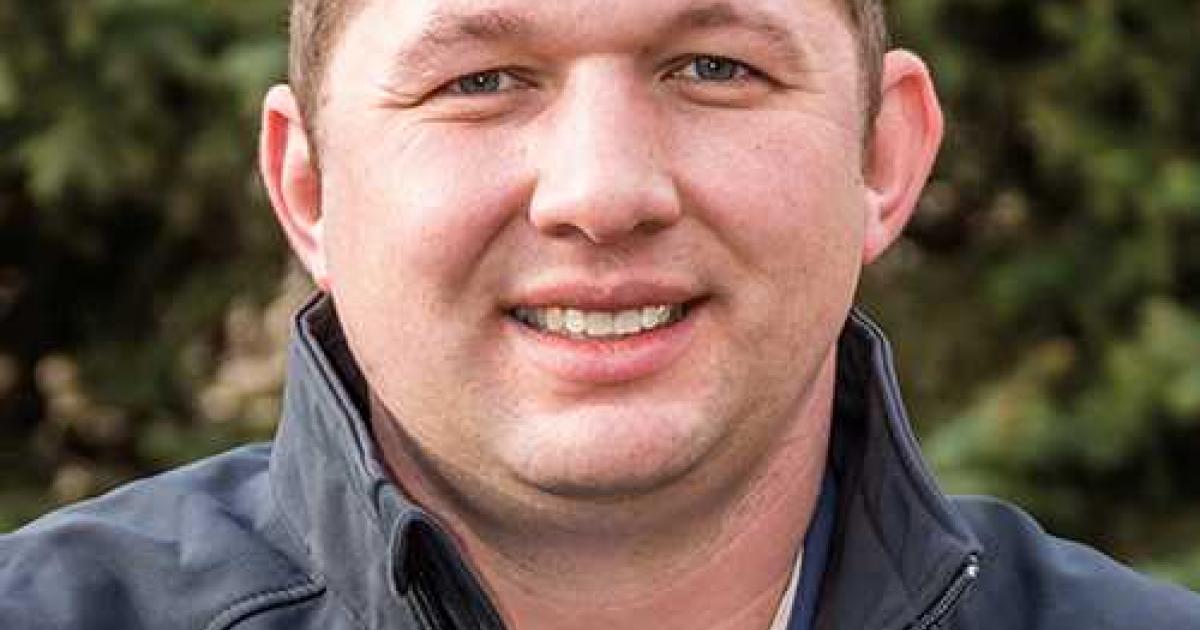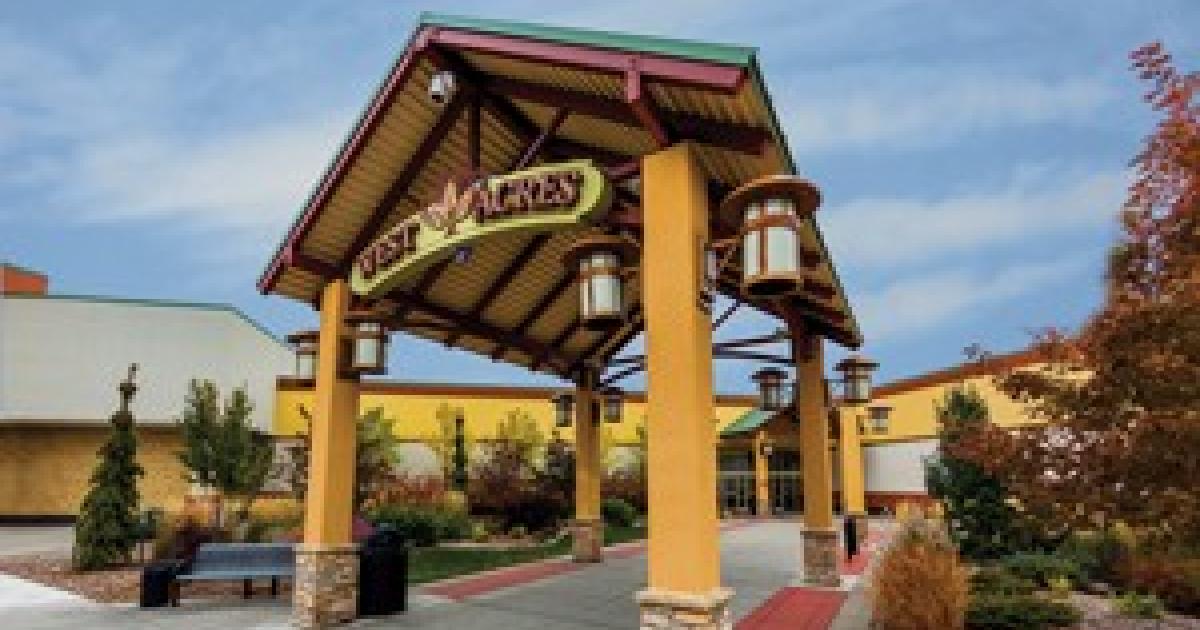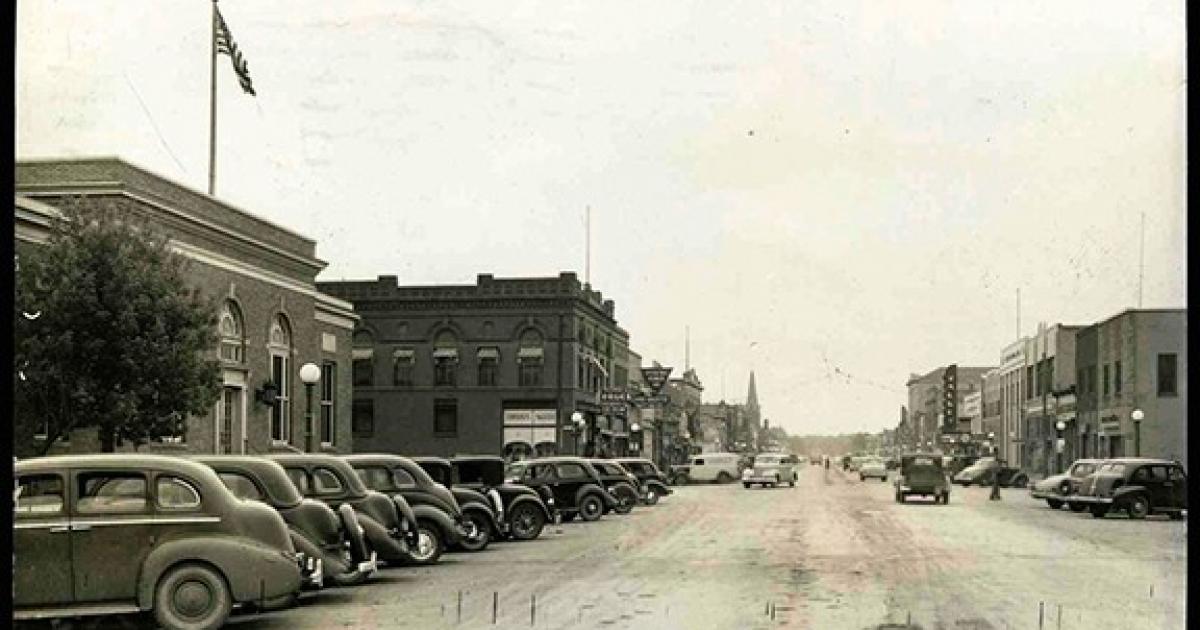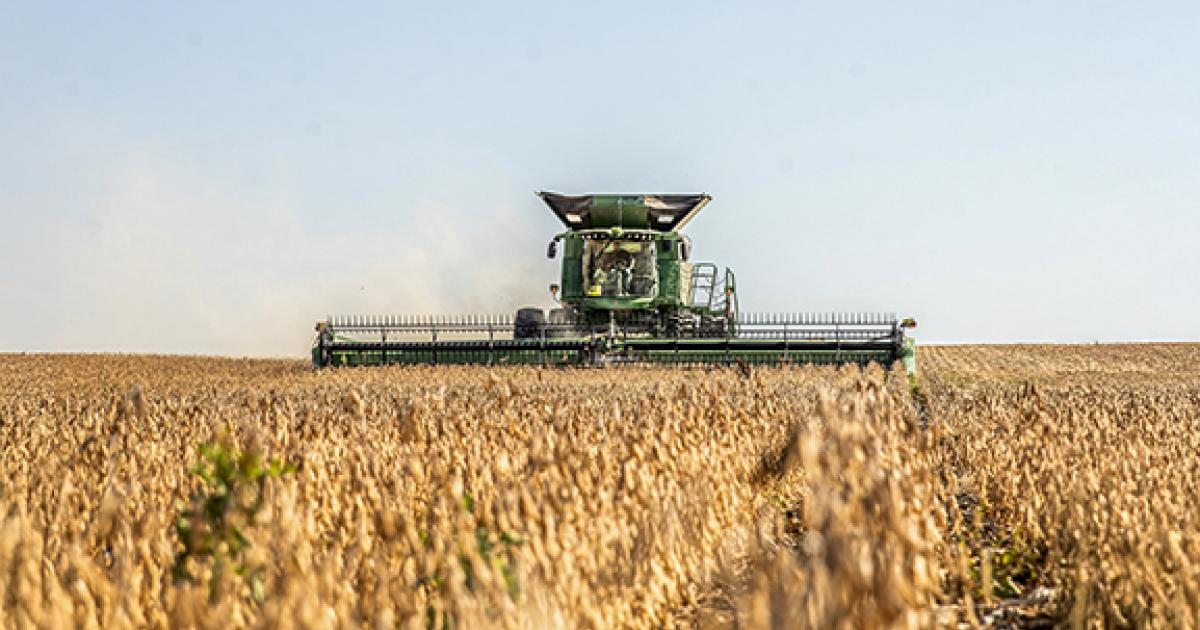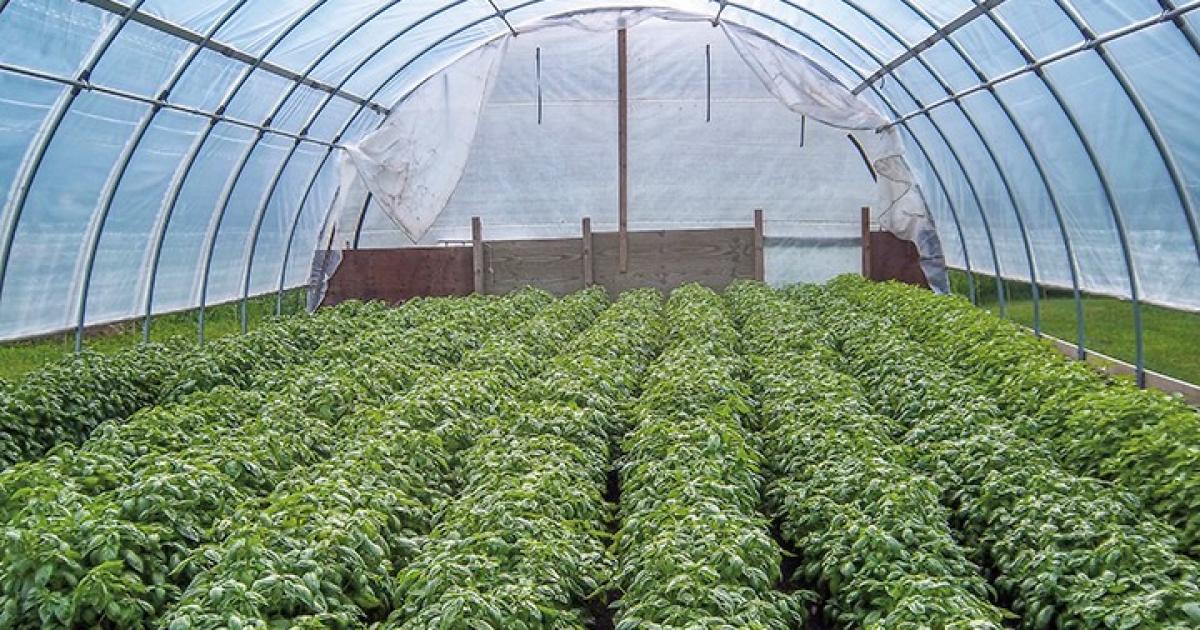Josh Kramer, editor-in-chief of North Dakota Living, is executive vice president and general manager of NDAREC.
The desire for improved convenience is human nature. Over the course of history, some of the most impactful technological breakthroughs occurred from an innate will to continually improve our quality of life.
Advancements have been made since the earliest reaches of humanity. From the ability to control fire, affording warmth, protection, light and a way to cook food, to modern revolutionary technologies of the present age, like smartphones and high-speed internet. And countless examples in between. What technological innovations over the course of history stick out most to you?
My list includes the printing press, vaccines, the combustible engine, the telephone, and – you guessed it – electricity.
The discovery of electricity is regarded as one of the greatest achievements of all time. Electricity is the backbone of today’s society. People around the world depend on it – every single day.
We may see electricity as something that is always present now, and maybe even take it for granted, at times. But the current infrastructure of today’s electric grid took a lot of coordination, investment and effort. Although the electric grid itself is complex, the process of delivering power to consumers isn’t difficult to understand. Here’s how electricity is sent from the electric grid to your home or business.
The first step is to generate the electricity itself, which can be done using several different types of energy. There are non-renewable energy sources, which North Dakota is rich in, like coal or natural gas. There are also renewable energy sources, which North Dakota’s electric cooperatives have worked diligently to include in the energy mix, like solar power, wind power or hydropower from the Garrison Dam. Some members might install solar panels on their roofs or participate in programs offered by their local co-op, too, as a supplemental energy source. As generation technology continues to evolve, North Dakota’s electric cooperatives remain on the front lines of innovation, to best serve members by providing the most efficient and reliable power possible.
The next step is to carry the generated energy through transmission lines. High-voltage transmission lines are the first phase in delivering electricity, moving large amounts of energy from the generation source to more populated areas. Through transformers located at a distribution substation, the electricity is carried from transmission lines to distribution power lines. Then, distribution lines carry electricity to your homes, businesses and neighborhoods, to be used by you, the consumer-member.
Without electricity, we would lose a great deal of value in our lives. Because of the electric grid, we can heat our homes in the winter, power our smartphones, keep our food refrigerated – and so much more. We tend to only notice electricity when it is missing. By being more aware of how we receive our electricity, and the behind-the-scenes work that makes it possible, we can all appreciate the electric grid much more.
Josh Kramer, editor-in-chief of North Dakota Living, is executive vice president and general manager of NDAREC. Contact him at jkramer@ndarec.com.


